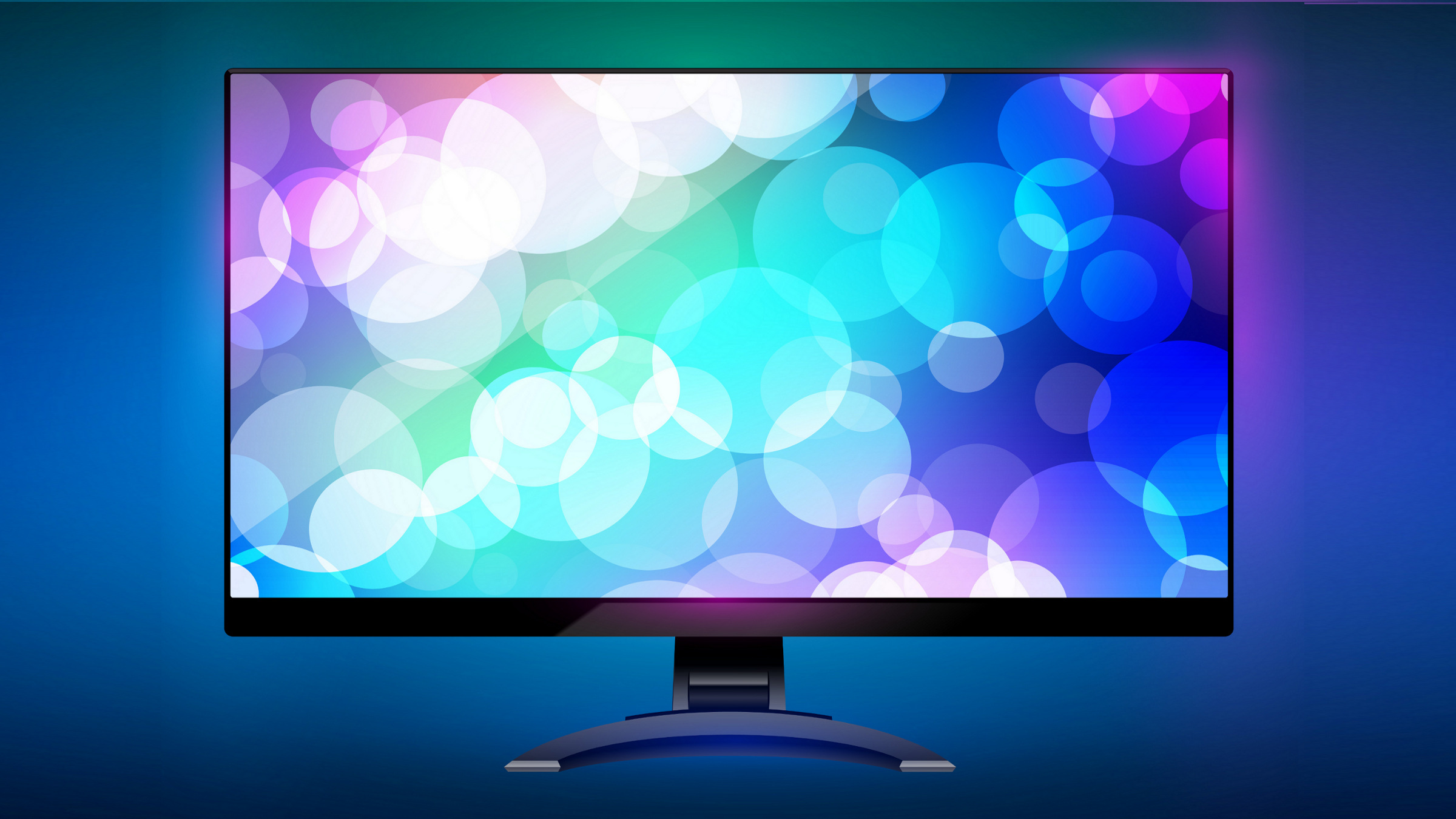
The next time you're streaming a movie or downloading music, spare a thought for how it got to you. It's tempting to imagine that it whizzes down from space via satellite, but in fact, light coursing through optical fibers does most of the grunt work for the Internet, with over 95% of all global data traffic carried on submarine cables.
And yet, when it comes to accessing Internet data, we often shift way down the electromagnetic spectrum from the hundreds of terahertz (THz) of bandwidth that light offers to the cramped gigahertz (GHz) radio band occupied by 4G, 5G, Wi-Fi and Bluetooth signals.
The result? To get a wireless connection with enough bandwidth for latter-day applications like streaming 1080p HDTV, users have to fight channel congestion and the bandwidth-damaging effects of radio frequency (RF) interference.
That will not be the case much longer, perhaps; in many situations, an emerging form of secure, two-way, light-based connectivity could come to the rescue with abundant bandwidth.
Here's why: in late March, the International Telecommunications Union (ITU) in Geneva, Switzerland, approved a global standard for visible light communications known as Light Fidelity, or LiFi, an optical, LED-based, free-space Internet connectivity technology that's been some eight years in the making. The idea behind LiFi is to modulate LED lighting and securely deliver hundreds of megabits per second to each user, free of RF interference and channel contention from other users.
The potential unlocked by the setting of ITU standard G999.1 has sparked a litany of LiFi lighting system launches, as its promises of interoperability finally lends makers of the emerging technology the much-needed credibility they have lacked to date.
From an airline beaming data from its passengers' overhead lights into the gadgets in their laps, to a digital media production studio in Belgium and a property firm in Poland that are suddenly awash in bandwidth they never thought possible, early users are starting to grasp the benefits of optically augmenting the Internet.
Industrial and medical applications on the Internet of Things could benefit, too.
How does it work?
LiFi harnesses tiny brightness changes imperceptible to the human eye thanks to digital manipulation of LED lighting. A subtle flicker in light intensity is used to transmit line-of-sight 0s and 1s from power-over-Ethernet-connected LED light fittings to optical transceivers plugged into office computer USB ports or industrial/medical IoT devices, establishing connections with speeds well in excess of 100Mbit/s and with multigigabit speeds on the horizon.
The technique works over a distance of around 10 meters in the visible and infrared wavebands and, because the light cannot pass through walls as Wi-Fi signals can, it is said to be secure by default (and, as ITU G999.1 enforces AES-128 encryption too, doubly so). "What happens in the room stays in the room," says Christoph Ruys at digital media production agency Claerhout Communications in Ghent, Belgium, an early user of a LiFi system made by Signify of Eindhoven, the Netherlands, the newly spun-off lighting division of European tech giant Philips.
LiFi's overarching advantage lies in the superior bandwidth light offers compared to the RF spectrum. In a 2017 research paper on the technology, Harald Haas of the LiFi R&D Center at the University of Edinburgh in the U.K. (and founder of startup PureLiFi) observes that the entire radio spectrum spans just 0.3THz, while the visible and infrared spectrums together offer 2,600 times that, or 780THz.
Projections based in part on expected IoT expansion suggest growth in wireless connectivity will demand 6THz of bandwidth by 2027, or 20 times more radio bandwidth than is actually available, Haas wrote. In comparison, that's only 0.8% of the available light bandwidth, so light-based connectivity looks set for a strong role in the future (unless as-yet undeveloped smart encoding techniques can significantly boost radio spectrum efficiency).
Others agree. "Radio frequency spectrum is getting heavily congested," says Ed Huibers, LiFi business development manager at Signify. "Some 60% of all the data we use globally is accessed via a wireless network, like 4G, Wi-Fi or ZigBee. That's almost 38 petabytes of data per month accessed via wireless systems. That's equivalent to 2,000 years of MP3 songs we're trying to wirelessly download every month, so it's no wonder we all experience problems connecting to wireless platforms."
One place where the squeeze on wireless bandwidth is particularly apparent is in the inflight Wi-Fi on airplanes, where connectivity is notoriously unreliable and slow. LiFi could change that, as Air France showed at June's Paris Air Show when it mocked up a 12-seat medium-haul airliner cabin section whose ceiling was peppered with LiFi LEDs from Oledcomm, a spinout from the University of Versailles. Each person in each seat was beamed 100Mbit/s and this was demonstrated by airshow visitors successfully playing a special high-resolution version of a racing car game from Ubisoft called TrackMania.
Ousting workplace wireless
Most LiFi offerings are initially being aimed at offices and workplaces, guaranteeing people their own secure, interference-free, fast, bidirectional connections. A year ago, Signify launched the first in a series of connected lighting systems under the Trulifi brand. The first Trulifi system comprised white-light LED light fittings that use the excitation of a phosphor coating to provide a warm room lighting color for offices, alongside the invisible digital signal.
The Trulifi system provided each user with data speeds up to 30Mbit/s, but it had a problem: the lights needed to be on a bright setting to sustain connectivity. If staff dimmed the lights to run a projector presentation or a video, connectivity was lost. Also, the system's speed is not particularly high.
Signify said it has overcome both issues with its latest office offering, which launched in June. Instead of visible light, it is based on a row of infrared LEDs fixed alongside the standard room light fitting. These IR LED fittings can provide 16 users with 150Mbit/s of connectivity via their laptop dongle. The system also allows users to move around the office: just like cellphones hand off between base stations, so Trulifi performs a soft handover between LED arrays, so users are free to roam around LiFi equipped areas, and because they are operating in the infrared, it does not matter how bright the room lights are. "They provide wireless connectivity in any lighting condition, even with the lights off," says Huibers.
Securing the stock market
Early users are surprised just how quickly LiFi proves effective. "It's reliable, interference-free and very secure. We work for a lot of stock market agencies and when they have meetings at our offices, it's important that the information that they share does not leave the room," says Ruys, referring to the privileged information finance firms tend to handle. "While it's encrypted, Trulifi adds an extra layer of security, as light can't pass through walls."
It is the sheer sustained speed allocated to each user that is most impressive to Claerhout's staff and clients, says Ruys: from an average of 5Mbit/s with Wi-Fi alone, they now get their connectivity at 150Mbit/s. "It's a totally different world when, like us, you are working with large graphics files, artwork, and designs a lot of the time. This is running extremely fast, and we can also roam around freely as one light point hands off to another seamlessly," he says.
In Warsaw, Poland, the huge commercial property landlord Globalworth is another early LiFi user. Having tested the Signify technology in its own offices, commercial director Grzegorz Strutynski expects that building LiFi into the office buildings it rents out "will be a source of competitive advantage that attracts tenants and increases the value of properties."
"The only way laptop or device manufacturers in general will integrate LiFi transceivers into their systems is if it is standardized," said Huibers. "Our chipsets are now built to that published standard, so ours is no longer a proprietary solution."
Similarly, Haas's firm, PureLiFi, is making application specific integrated circuits (ASICs, aka custom chips) that firms can use to convert their own systems (light fittings, laptops, or smartphones) into LiFi connectivity devices.
Fiberless optics hit the IoT
As the industry strives for traction following standardization, Signify hopes another of its newly launched LiFi offerings could deal with an issue that's bugging the industrial Internet of Things: the fact that it is not always easy getting the Internet to the things.
The problem? Wireless channel congestion and RF interference, alongside the security issues that a widely accessible Wi-Fi, Bluetooth, or ZigBee signal raises, means it might be unwise to connect the IoT devices peppering an industrial plant or hospital via RF wireless. Signals could be lost or leaked at critical times. The safest choice in such a scenario is often to physically wire up the sensors, "But pulling cables is a very expensive and time-consuming job," says Huibers.
Signify's labs in Eindhoven have developed an optical answer. It comprises a point-to-point LiFi data link that looks just like an old-style bicycle lamp: a black box with a red, green, or blue LED on one side for transmission, and a photoreceptor on the other side, to allow IoT devices to communicate over visible red, blue, or green LED light. Because the light beam is highly focused compared to the firm's infrared office system, it does so at a much-faster 250Mbit/s.
"These wireless cables could be mounted on ceilings, or on machines; wherever is best," says Huibers. Each pair can operate over a distance of 8 meters, with multiple devices needed for longer hauls.
Whether LiFi will succeed remains to be seen, but its standardization has had another encouraging corollary: prices are plummeting. Signify's mass-produced 150Mbit/s office system, with its dedicated silicon, is 75% cheaper than its 30Mbit/s predecessor, for instance.
However, the 30 European journalists gathered to hear about Signify's launches at the Eindhoven lab in June nearly did not hear about it. As Huibers and his colleagues clicked through PowerPoint slide decks revealing their tech, their projector's remote control quit working, leaving the presentation stuck. The reason was soon found: the 30 journalists were hogging the Wi-Fi as they tweeted the news all over Europe, and the remote couldn't find an open Wi-Fi channel.
They should have used LiFi.
Paul Marks is a technology journalist, writer, and editor based in London, U.K.



Join the Discussion (0)
Become a Member or Sign In to Post a Comment